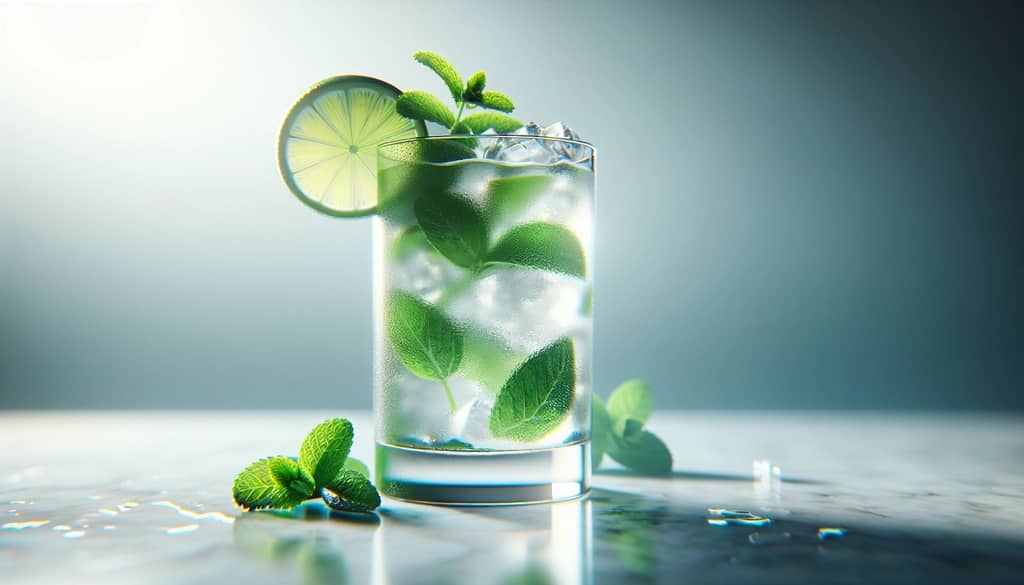Updated on: 6/3/2025
How Are Low-Calorie Cocktails Different From Regular Cocktails?

Choosing a low-calorie cocktail goes beyond just counting numbers. The main differences come down to the types of ingredients used and how those choices shift the final drink’s flavor, mouthfeel, and alcohol impact. Both home bartenders and anyone watching their calorie intake benefit from understanding what really sets these drinks apart.
Core Ingredient Swaps: Calorie Savings at the Source
Regular cocktails often call for syrups, sweet liqueurs, and rich mixers that quickly ramp up sugar—and calorie—content. In contrast, low-calorie cocktails aim for freshness and balance by using naturally lower-calorie alternatives.
- Swap sugary syrups for fresh citrus juice (usually 15–30 ml lime or lemon) or a splash of soda water for brightness.
- Choose low-calorie mixers like diet tonic, sparkling water, or unsweetened tea instead of regular soda or juice—a 100 ml mixer goes from about 40 kcal for cola to nearly zero for soda water.
- Use fresh fruit muddles or herbal infusions for natural sweetness and aroma, rather than processed liqueurs or flavored syrups.
- Natural sweeteners such as stevia drops, monk fruit, or a touch of agave syrup (around 5 ml) deliver flavor with fewer calories compared to equal amounts of simple syrup (15 ml = 40 kcal).
Alcohol Choices: Impact on Calories and Flavor
Most of the calories in cocktails come from alcohol—the higher the proof, the more calories. Regular cocktails sometimes include liqueurs and cream-based spirits (like Irish cream) that add significant caloric load. Low-calorie recipes typically use a base spirit neat (vodka, gin, tequila, or rum), and keep the total to 45–60 ml per drink. Skipping additional liqueurs is one of the most direct ways to reduce calorie count without sacrificing the signature cocktail structure.
- 40 ml vodka (clean and neutral) or tequila (fresh, herbal) typically contains about 90 kcal—whereas liqueurs can double that for the same volume.
- Fortified wines or flavored spirits often bring in added sugars, so low-calorie cocktails avoid these ingredients for a lighter result.

Taste, Texture, and Experience: What Actually Changes?
Lower calorie doesn’t mean flavorless. By leaning on fresh ingredients and careful balancing, low-calorie cocktails often taste brighter, lighter, and more refreshing than their regular counterparts. Here’s what you’ll likely notice:
- Less sweetness and a shorter finish, especially if using soda or fresh fruit instead of liqueurs.
- A drier, lighter mouthfeel—especially in spritzes or highballs with sparkling water.
- Natural, vivid aromas from herbs and citrus instead of concentrated syrupy flavors.
Examples: Regular vs. Low-Calorie Cocktail Swaps
Transforming a classic into a low-calorie option is surprisingly approachable once you know what to switch out. Compare these two approaches to a common favorite:
- Regular Mojito: 50 ml white rum, 20 ml sugar syrup, lime, mint, soda. About 150 kcal.
- Low-Calorie Mojito: 50 ml white rum, 5 ml stevia syrup, lime, mint, soda. About 110 kcal with much less sugar.
The same swap logic applies to Margaritas, Collinses, and even old-school sours—use lighter, fresher components and limit additional sugar for a satisfying and guilt-free serve.
